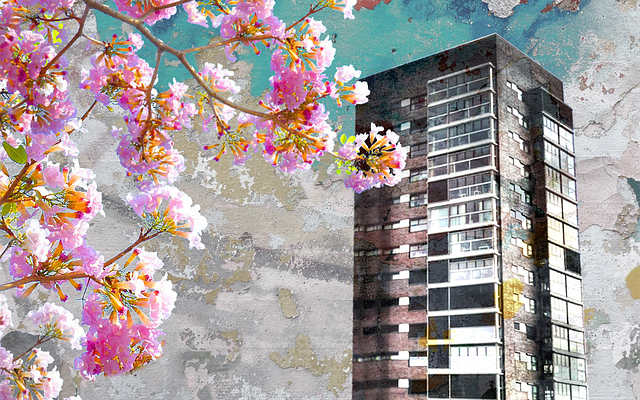“Beauty is truth, truth beauty, - that is all Ye know on earth, and all ye need to know”
- Ode on a Grecian Urn, Keats
I like to think that Keats was at a bit of a loose end one day and so he wandered aimlessly into the British Museum, when all of a sudden he came across an extraordinary and ancient Greek pot which inspired him to write one of his most famous poems ending with these wonderful lines about the nature of beauty.
The Building Better, Building Beautiful Commission, in its interim report, has engaged in similar, but more lengthy, musings upon the nature of beauty, but it looks at beauty in the built environment instead of antique crockery.
The Commission was set up by the government to tackle the challenge of poor quality design of homes and places, to advocate for beauty in the built environment, and to develop workable ideas to help renew high streets.
As we face a crisis of housing supply, housing affordability and regional development in the UK, the report is a timely reminder of the importance of a sense of community and place and the importance of design in supporting human happiness. It sometimes feels like we are cramming in new homes everywhere they will fit, without thinking about the people who will live there or who are living there already.
The commission believes that we do need new housing, but there needs to be a balance, we MUST incorporate beauty into design, whether it is the surroundings, or even where the building is placed, which it summarises by saying “Beauty and place making should be a collective ambition for how we move forward”.
The report suggests analysing beauty at three scales- beautiful buildings, beautiful places, beautifully placed. We start with the details of windows, height, space and materials, and move to a bigger setting of streets, squares and parks and then finish in how buildings sit in the landscape. All these scales of beauty are important in considering whether something is beautiful or not.
But what is beauty? And what makes a development beautiful?
The report discusses the concept of beauty at length. Beauty might be subjective, however, this is a bad reason to dismiss it. Is beauty purely a matter of taste? After all, there is a considerable consensus that beauty matters, so what is stopping us from incorporating it as a requirement for development? Most people know what is beautiful and what is ugly, but often we see it differently, what is the line that differentiates beauty from ugliness? We can all recognise the positives of beauty being incorporated into everyday life. It has social and economic value and is fundamental to the happiness and wellbeing of human communities.
The report identifies 8 priorities for reform and makes 30 interim policy propositions. These include some more nebulous propositions – for example “ask for beauty”, “saying no to ugliness” or rediscovering civic pride in architecture, but there are also more concrete suggestions such as embedding a requirement for beauty into the National Planning Policy Framework, changing VAT to align repair and maintenance with new builds, rethinking planning policy so that instead of minimising harm it adds value (“net gain not ‘no net harm’”), reintroducing gentle density settlement patterns and rethinking highway and transport design.
The report is a fascinating read and incorporates an extraordinary range of ideas and facts, from research into the benefit of street trees on human emotions, to a review of European planning policies, to an appraisal of Georgian building controls or British Rail’s efforts to demolish St Pancras Station.
There is already much food for thought in the interim report, and the final report, due later this year, promises to give us all plenty more to consider as it develops and expands upon the themes already raised. We all have an interest in living and working in nice, pleasant places which make us happier, regardless of whether or not we are involved in building and development.
To read the report, click here.
This post was co-authored by Matthew Grant.
